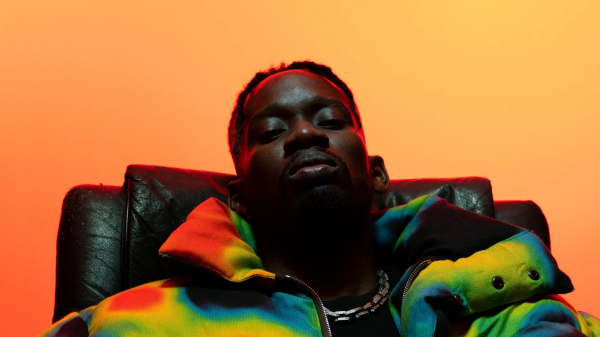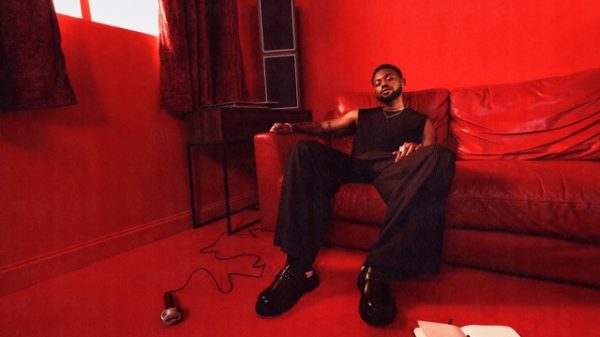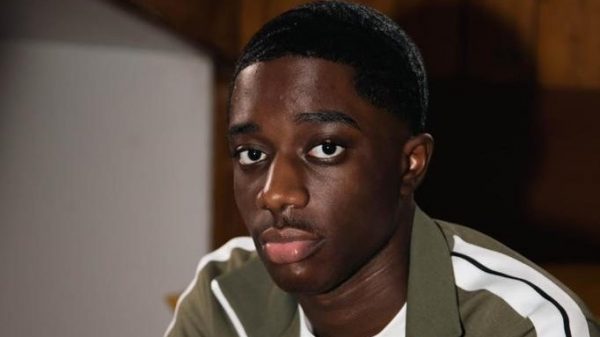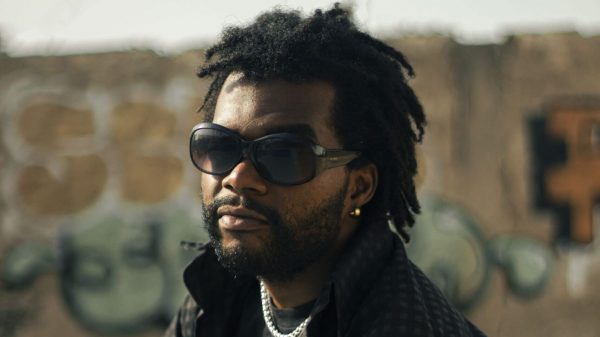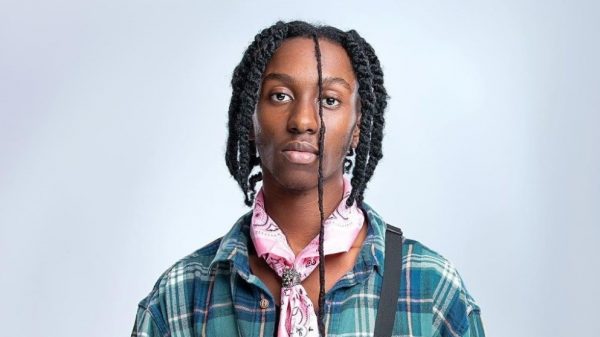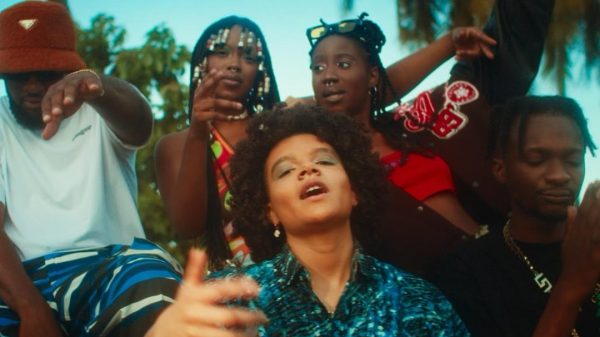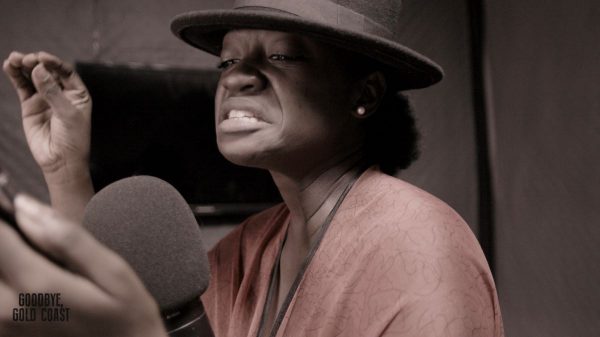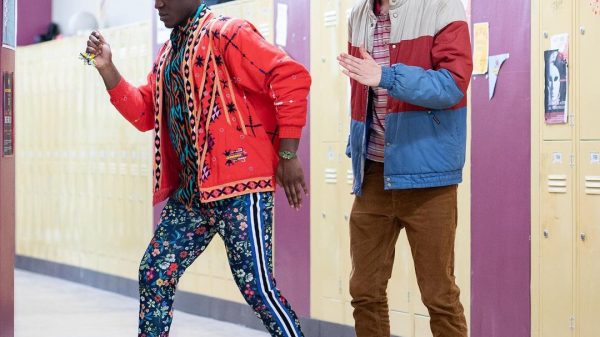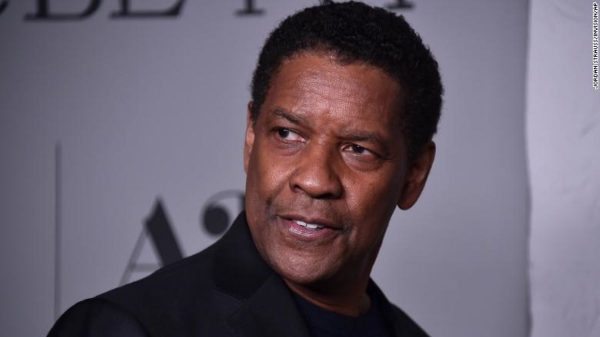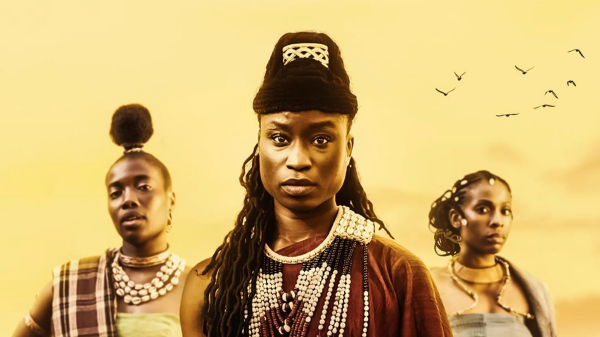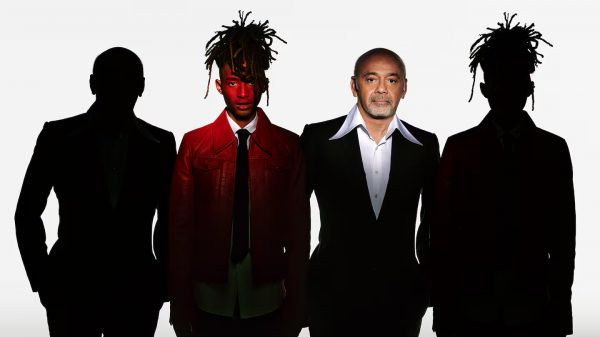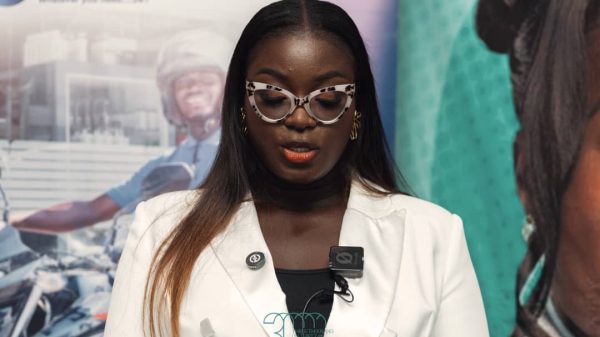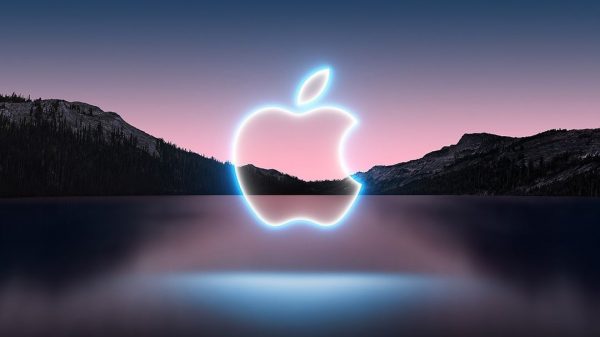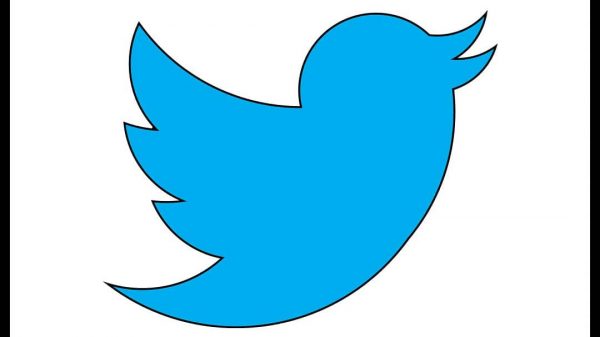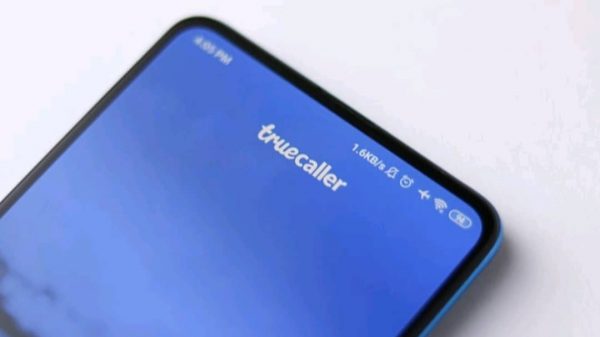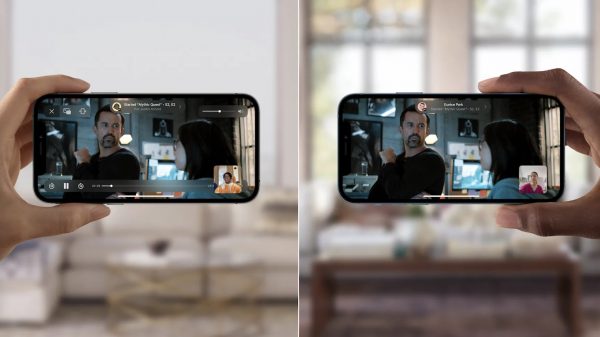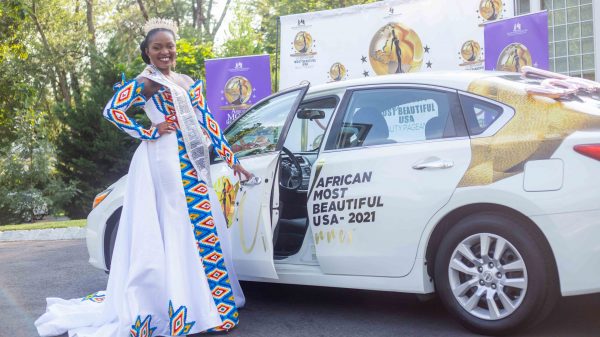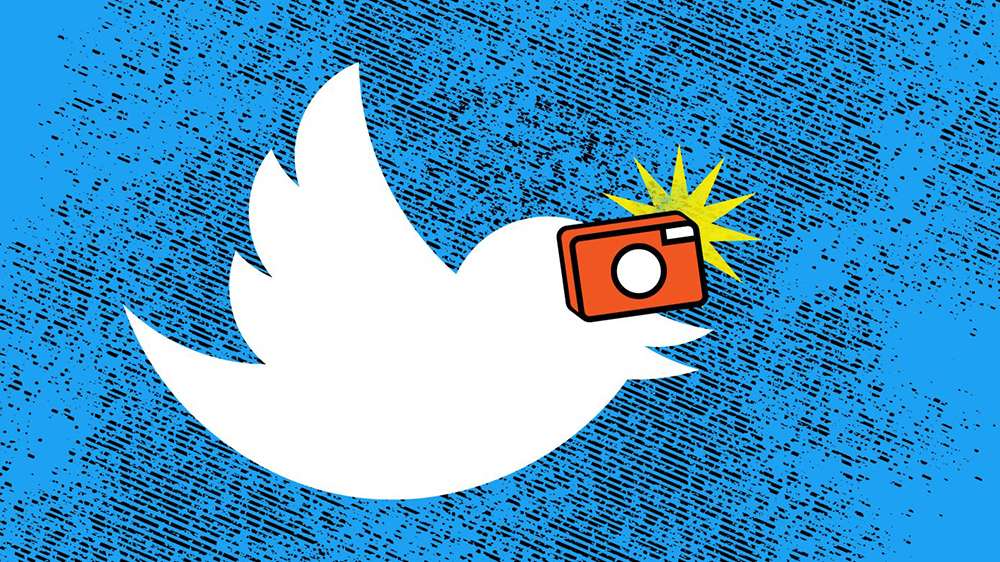Twitter today introduced a revamped version of its camera that’s designed to promote more sharing of photos and videos on the text-centric network. Swipe left on the timeline in the updated app to see the camera, which allows you to snap a photo or take a looping video of up to two minutes by tapping or holding a circular capture button. You can also tap a “live” button to begin broadcasting a stream to your followers directly from Twitter.
The new camera does not include an option to upload photos or videos that you’ve already taken, although you can still do that from the regular tweet composer. Keith Coleman, Twitter’s vice president of product, told reporters this week that the company wants to encourage people to capture more visual moments from the world around them directly from the app.
It also promotes live-streaming using a foundation built by Periscope, the live-streaming app that Twitter acquired in 2015 and is increasingly integrating into its flagship app. No Periscope branding appears on the camera’s new live-streaming feature, which lets you broadcast either via video or audio-only feeds.
Photos and videos captured using the new camera will get special visual treatment inside Twitter. Once you’ve snapped your image, a colorful chyron appears on top, ready to add an optional location and caption. You can change the chyron from the default blue to one of five other colors.
Twitter will also search the area around you for events where you might be tweeting, such as this week’s SXSW festival in Austin, Texas, where Coleman demonstrated the new features. Walking around Austin this week, Twitter suggested I add #SXSW to my tweets — and if I did, the tweets would be added automatically to the event carousel for SXSW that appears in search.
By giving the images captured inside the app a more colorful visual treatment, Twitter might encourage more people to use its long-neglected camera. While the company has dabbled in adding more creation features to the camera, most notably stickers, it has long been an afterthought for the company’s notoriously lethargic product division.
In part, that reflects a belief at the company that the timeline would always be primarily text-based, as it had already lost the image-sharing game to Instagram and others. At the same time, viral images have been essential to Twitter almost since the beginning. One of the company’s breakout moments came a decade ago when a user snapped a photo of a US Airways plane crash-landing in the Hudson River. (At the time, Twitter didn’t even host photos natively, forcing the user to post a link to a now-dead service called TwitPic.)
When I’ve asked current and former employees about the Twitter camera in the past, they’ve told me that the company has not prioritized its development because very few people use it. Of course, the reverse is also true: very few people use it because Twitter so obviously does not prioritize it. Coleman told reporters that the company plans to increase the pace of development on camera features in coming months. If so, it will be both welcome and long overdue.

